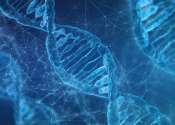Unexpected phage protein function discovered in bacteria battle
An unexpected find has enabled important progress to be made in the battle against harmful bacteria. An international team of researchers, led by Professor Peter Fineran from the University of Otago, investigated a particular ...









